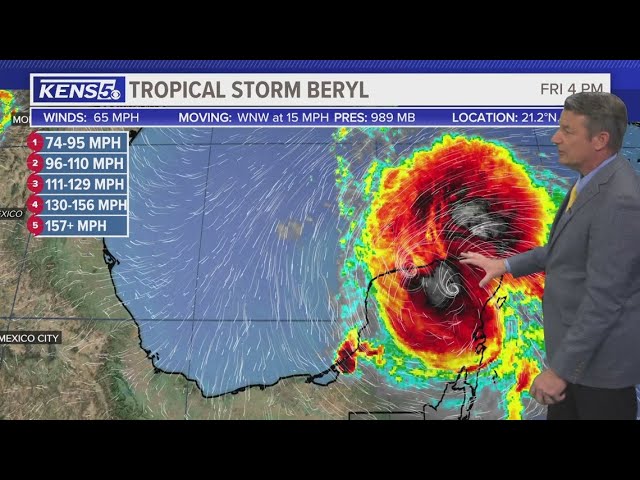Hurricanes and Tropical Storms: An Overview of Their Impact

Introduction to Hurricanes and Tropical Storms
Hurricanes and tropical storms are amongst the most powerful and destructive natural phenomena on Earth. With the capacity to cause extensive damage to infrastructure, ecosystems, and human safety, the significance of understanding these storms cannot be overstated. Given the ongoing impacts of climate change and rising sea temperatures, evaluating patterns and preparedness for hurricanes and tropical storms is increasingly relevant in our daily lives.
Recent Hurricane Activity
In the 2023 hurricane season, the Atlantic region has witnessed a notable surge in hurricane activity. The National Oceanic and Atmospheric Administration (NOAA) has reported that as of mid-October, there have been over six named storms, including three hurricanes. Hurricane Lee, which reached Category 5 status in early September, impacted sections of the Caribbean and the U.S. East Coast, causing widespread flooding and power outages.
Moreover, the Gulf Coast faced challenges from Hurricane Idalia, which made landfall as a Category 3 hurricane in late August, resulting in extensive damage to Florida and surrounding states. Emergency services were stretched as they responded to the threat of storm surges and high winds. These events underscore the importance of timely forecasting and community preparedness as we navigate an era where hurricanes are increasingly stronger and more frequent.
The Science Behind Hurricanes
Hurricanes are fueled by warm ocean waters, and with climate change contributing to rising sea temperatures, there is a scientific consensus on the increased intensity of these storms. The escalation in hurricane strength not only raises the immediate threat to coastal communities but also brings long-term implications for infrastructure resilience and insurance costs.
Current research focuses on improving predictive models for hurricane paths and intensities, allowing for earlier warnings and better preparedness plans. Investments into technology and infrastructure are essential to mitigate the damages when these storms strike.
Conclusion and Future Implications
The threat of hurricanes and tropical storms will not diminish, making it crucial for communities to adapt and prepare effectively. Enhanced communication strategies, updated building codes, and improved emergency response plans are integral parts of a comprehensive approach to hurricane preparedness. As weather patterns continue to be influenced by climate change, understanding historical data alongside predictive modeling will play a key role in improving outcomes for those affected by hurricanes.
For residents in hurricane-prone areas, staying informed and having a personal emergency plan can significantly improve resilience. Continuous community engagement and government support are essential to create a robust response to the challenges posed by hurricanes and tropical storms.









